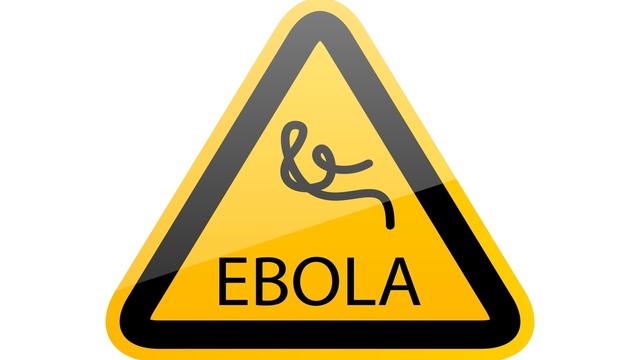The first case of Ebola in the United States was confirmed on September 30, 2014 by the CDC, in an individual who travelled from West Africa to Dallas, Texas.
Symptoms had developed about five days after arrival in the United States. Since there had been no symptoms during the flight, the CDC has not recommended monitoring of other passengers from the flights.
Precautions are being taken by the CDC and Texas public health officials in identifying people who have been in contact with the individual. Scrupulous infection control will be implemented at all times.
Ebola can be prevented from spreading by:
- Identifiying cases
- Isolating the sick
- Contacting people who were in contact with the sick
- Further isolation of these contacts if symptoms emerge
Ebola affects humans through direct contact through broken skin or mucous membranes with contaminated blood, secretions, organs or other bodily fluids, as well as bedding or clothes and other materials that are contaminated.
People can pass on the disease as long as blood and body fluids like breast milk and semen have the virus. Men can still pass it on through semen for as long as seven weeks after they have recovered from Ebola.
Controlling outbreaks depends on case management, meticulous surveillance and contract tracing, as well as excellent laboratory performance, safe burial of its victims, and social mobilization.
Chance of survival is improved by rehydration and treatment of symptoms.
The U.S. public health and medical systems have dealt with five imported cases of viral hemorrhagic fever (VHF) diseases in the past 10 years. Four were Lassa virus, one was Marburg virus.
These cases were successfully contained and did not cause a spread of the diseases in the United States.
Ebola virus disease (EVD) was formerly called Ebola hemorrhagic fever. Its name comes from the location of one of the first outbreaks in 1976, which was in a village near the Ebola River.
The illness is transmitted from wild animals to people. It then spreads among the human community from human to human. It is fatal for humans in about 50 percent of cases. Rates have been seen to vary from 25-90 percent.
The west Africa outbreak of Ebola is the biggest since 1976 when the first cases appeared.
On August 8, 2014, the WHO Director-General declared it a Public Health Emergency of International Concern.
As of September, 2014, according to the World Health Organization: "There is as yet no licensed treatment proven to neutralise the virus but a range of blood, immunological and drug therapies are under development.There are currently no licensed Ebola vaccines but 2 potential candidates are undergoing evaluation."
Sources:
First Imported Case of Ebola Diagnosed in the United States. CDC.gov. Retrieved Sept. 30, 2014.
http://www.cdc.gov/vhf/ebola/outbreaks/2014-west-africa/united-states-im...
Ebola virus disease. Sept. 30, 2014.
http://www.who.int/mediacentre/factsheets/fs103/en
Visit Jody's website at http://www.ncubator.ca
Reviewed October 1, 2014
by Michele Blacksberg RN





Add a CommentComments
There are no comments yet. Be the first one and get the conversation started!